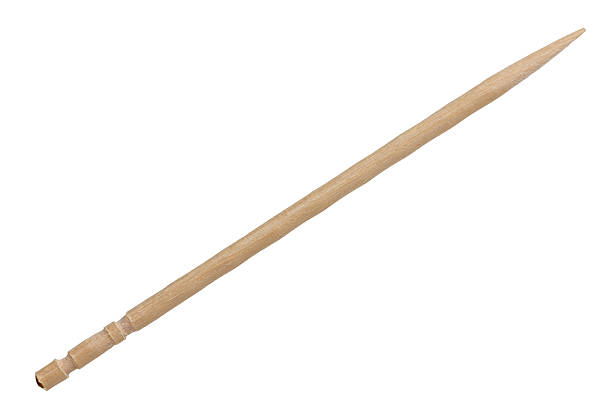by Akim Reinhardt
 To be born in America in 1967 is, to some degree, to fall through the cracks.
To be born in America in 1967 is, to some degree, to fall through the cracks.
The Baby Boom was most certainly over by then, its most senior elements old enough to vote and drink. But the Millennials, now the focus of every drooling advertising executive and marketing guru, were naught but twinkles in the eyes of their Boomer sires and dames.
Bookmarked between bigger generations, being born in the late 1960s and early 1970s meant you were conceived and suckled amid the tumult of the Civil Rights and Vietnam protests; in (cloth) diapers when the moon landing occurred; discovering kindergarten as President Richard Nixon’s Plumbers were bumbling the Watergate break-in; and learning to read when the final U.S. helicopters evacuated Saigon.
To be born in 1967 means that when the late 1960s and early 1970s were becoming iconic, you were there, but you weren't. You didn't get to partake in the Summer of Love. You're what it spit out.
Thus, when coming of age, many important things were very familiar to you, but their meanings were muddled. Cultural symbols like bell bottom jeans and rubber Richard Nixon masks were still common enough to be lodged in your consciousness, but deeper insights were lacking. By the time you were waking up in the late 1970s, they seemed to be little more than goofs, unmoored from the bloody anti-war protests that divided a nation, or the collapse of a presidency that shook Americans' faith in their government.
Sure, we understood our own moment well enough. Late Cold War and early computers. AIDS and acid rain. Crack cocaine and homelessness. But the gravitas that had conceived us was by then little more than parody and catharsis. Black Power surrendered to Blacksploitation. Protest songs gave way to disco and synth pop. Vietnam was reduced to Rambo.
And if the late 1970s began glossing over so much of what had immediately preceded it, then the 1980s buffed it into a smooth, porcelain sheen. In pop culture representations of the 1960s and early 19790s, substance had been overtaken by style. Symbols, absent their meaning, were rendered fashion accessories and punch lines. A case in point was the Confederate flag.
Read more »

